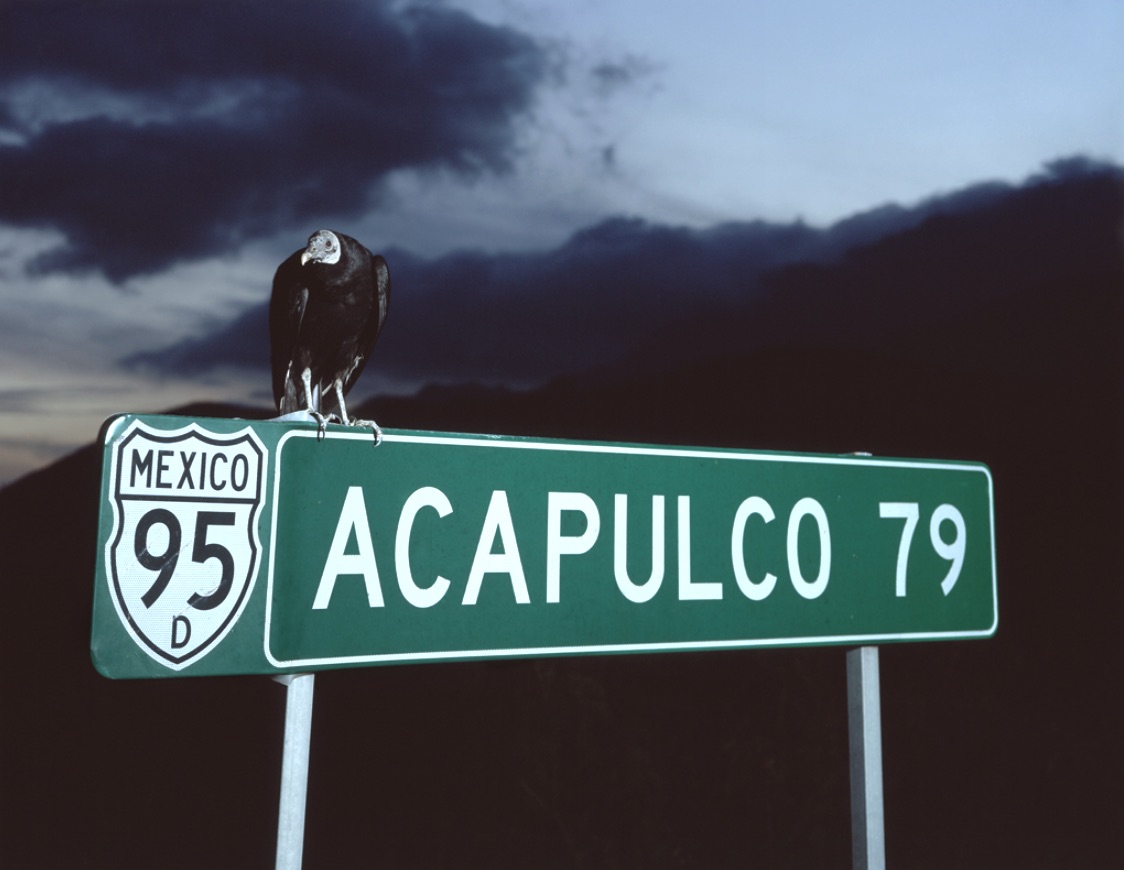
Miguel Calderón
Materia estética disponible
Exhibition
-> Oct 8 2021 – May 29 2022
The Museo de Arte Contemporáneo de Monterrey presents Materia estética disponible, a curatorial revision of the last three decades in the work of Miguel Calderón (Mexico City 1971), a key figure in the development of a young alternative art scene in Mexico in the 1990s.
Materia estética disponible brings together installations, films, sculptures, drawings and photographs that enable an anachronistic reading of the artist’s works in which he explores thematics such as the human nature, transgression and the analysis of social conventions; experiments which question the margins between reality and fiction, an autobiographical aesthetic experience where the artist pours out his ideas on the paradoxes that overcome him. His work, at times raw and nonchalant, explores profound territories of his human, social and personal nature.
Some of the works that will be shown are described below:
The first section of the exhibition addresses institutional critique and the study and transgression of social conventions. The work Ridiculum Vitae (1998) is a large format tapestry with the trajectory of the artist up to that moment, on it, the cleaning staff vacuums the trampled list of merits as a way to criticize the formatted professionalization of young artists and the implications of having to belong to a context where value is measured by a series of standardized terms.
Reflecting the artist’s interest in interacting with established institutions and in producing art from a divergent vision of the official culture we can analyze Employee of the Month (1998), an in situ project created in the Museo Nacional de Arte (MUNAL) where he collaborated with the museum staff who interpreted some of the scenes of several paintings that were in rooms locked off to the public.
The relationships with animals have also been central in the artist’s practice as he analyzes the similarities between human and animal instincts. Through this lens we can appreciate: The steps of the enemy (2006), where the eyes and jaws of a panther in the dark grow bigger, changing the spectator into prey. Through this same thematic, Miguel Calderón conducted a research about the fish that lives in the Chapultepec park lake, creatures that visibly have been altered by the junk food and other substances thrown by the visitors of the park, thus presenting Mutante (2003).
For this exhibition at MARCO, a selection of works related to the artists teenage years will be shown: Rings (2006) is a photograph that synthesizes the artist’s relationships with the city, the police, rock, rebellion and the defiance of death. Macaco y trapo (2006) is a self portrait with his characteristic bicycles, in which he cruised the city searching for freedom. This piece represents an intuitive initiation to sculpture as he made aesthetic choices while assembling and decorating the cycles.
For the Chapultepec (2003) series, the artist asked some of the families who spent the day at the park to imagine a nuclear disaster, the result are images that shake the familiarity with which we look at traditional picnic scenes. They also shine a light on the interest of Calderón in erasing the limits between fiction and reality, making others the performers of his work.
The exhibition closes with the film El balance de las improbabilidades (the balance of improbabilities) (2021), Calderón’s most recent video work which was commissioned by MARCO. In it, he explores the catastrophic phenomena caused by humans through the life of an insurance adjuster. This experimental work narrates some of the events that had marked his career, mixing different temporalities through an off voice. In parallel, the adjuster describes his experience as he entered the workd of theater in a complex experience that made him question the gravity of the real tragedies he encountered day to day in contrast to the drama generated by the mise-en-scène.
MARCO has established a collaboration network with the Museo Tamayo Arte contemporáneo in Mexico City and the Museo de Arte de Zapopan in Jalisco, in which this exhibition will be subsequently presented with the aim to reach a larger national public and to continue with MARCO’s engagement in the development on Mexico’s contemporary art historiography.
This exhibition was made possible thanks to the EFIARTES support from the government and through the support of: CIAC, ICONN, GRUPO CUPRUM and the State Government of Nuevo León.
— MARCO